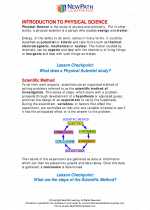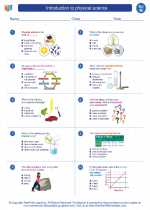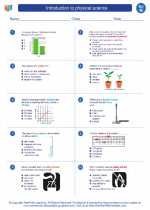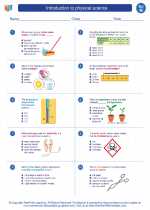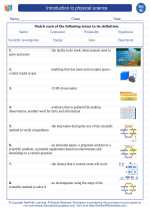Navigation
Navigation is the process of determining the position and direction of a moving object. It is a crucial skill for various activities such as sailing, aviation, hiking, and driving. There are several methods and tools used for navigation, including maps, compasses, GPS devices, and celestial navigation.
Types of Navigation
- Land Navigation: This involves finding your way across the terrain, often using topographic maps, compasses, and landmarks.
- Marine Navigation: This is used for guiding ships and boats at sea, using tools such as nautical charts, compasses, and GPS systems.
- Air Navigation: Pilots use a variety of instruments and systems, including radio navigation, GPS, and inertial navigation, to navigate through the air.
Methods of Navigation
There are different methods used for navigation, including:
- Dead Reckoning: This involves calculating one's current position based on a previously determined position, and then advancing that position based upon known or estimated speeds over elapsed time and course.
- Celestial Navigation: This method uses the position of celestial bodies, such as the sun, moon, stars, and planets, to determine one's position.
- GPS Navigation: Global Positioning System (GPS) is a satellite-based navigation system that provides location and time information in all weather conditions, anywhere on or near the Earth.
Study Guide
Here are some key points to remember about navigation:
- What is navigation and why is it important?
- What are the different types of navigation (land, marine, air)?
- What are the methods used in navigation (dead reckoning, celestial, GPS)?
- How do tools like maps, compasses, and GPS devices aid in navigation?
- What are some real-world applications of navigation in everyday life?
Understanding navigation is essential for anyone engaging in activities that involve traveling or moving from one place to another. It requires a combination of knowledge, skills, and tools to successfully navigate through different environments.
